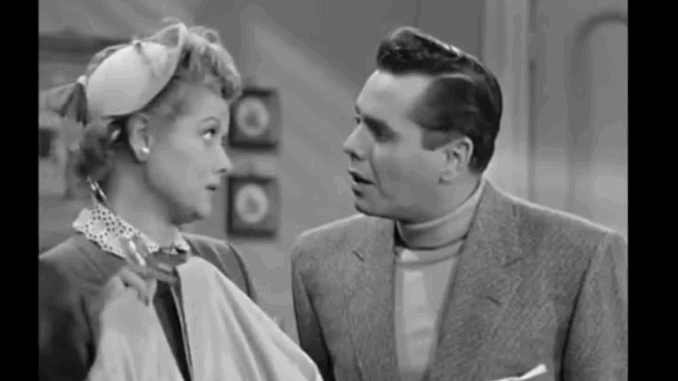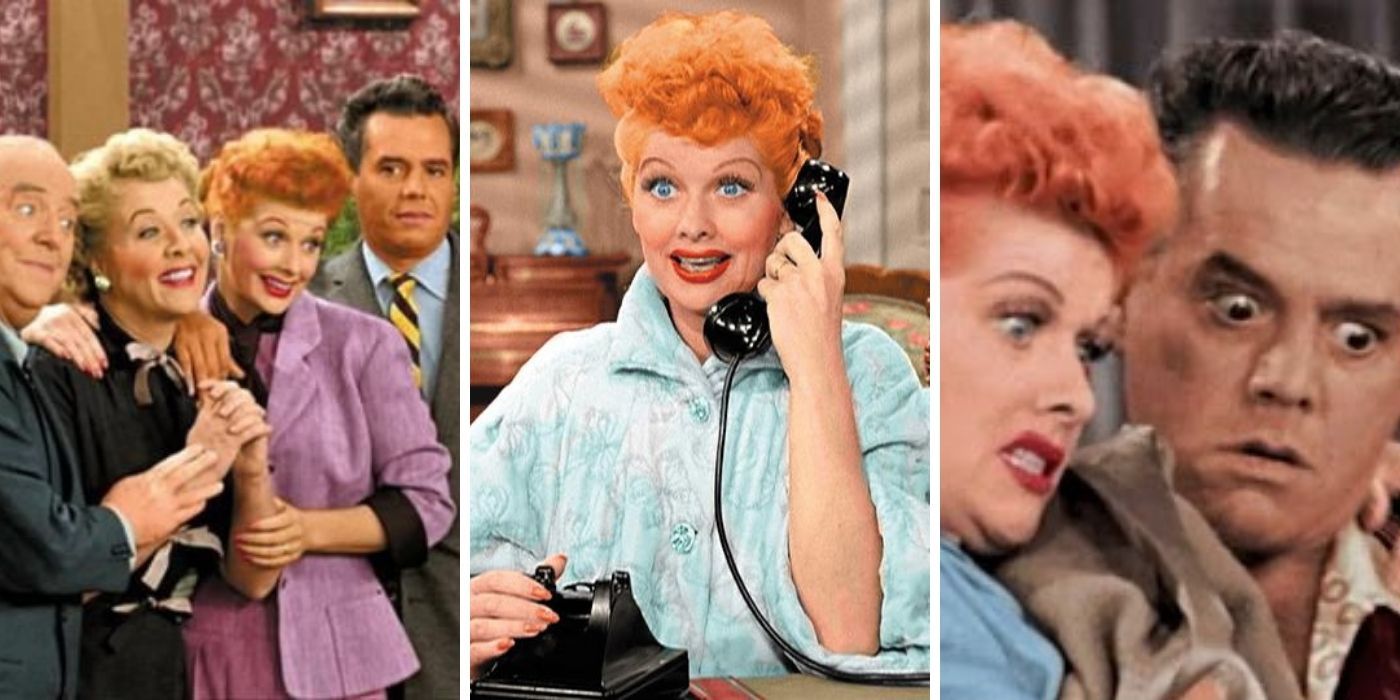
On the surface, I Love Lucy is remembered for laughs, slapstick antics, and unforgettable comedy. But beneath the giggles lies a quieter revolution. The show, led by Lucille Ball and Desi Arnaz, broke boundaries that were both personal and political, especially in 1950s America.
At a time when interracial marriages were still taboo—and in some states, illegal—Lucille Ball insisted that her real-life husband Desi Arnaz play her TV husband. CBS executives initially resisted. After all, Desi was Cuban, and television had rarely, if ever, shown interracial couples. But Lucy wouldn’t budge. And ultimately, her power and popularity prevailed.
What followed was a marriage unlike anything America had seen on television. Ricky and Lucy fought, made up, sang together, and danced through life. And audiences loved them. Their love story, though fictionalized, opened a door for multicultural representation.

Behind the scenes, Desi Arnaz also pioneered technical innovations. He co-developed the three-camera filming technique still used in sitcoms today and insisted on filming in front of a live audience—something that gave I Love Lucy its legendary energy and pace.
And then there was Lucy herself: a pregnant woman starring in a network sitcom, a woman who ran her own production company (Desilu), and one of the first women in Hollywood with real business power. Ball wasn’t just a funny actress. She was a trailblazer.
So when we laugh at Lucy stuffing chocolates into her mouth or trying to hide a 25-pound cheese wheel in her coat, we’re also witnessing history. I Love Lucy entertained millions, but more importantly, it changed television—and America—forever.
